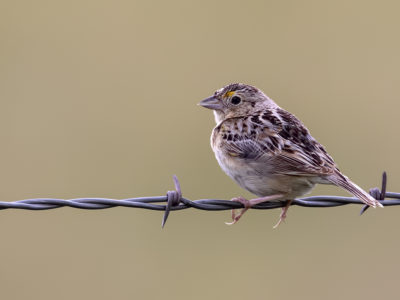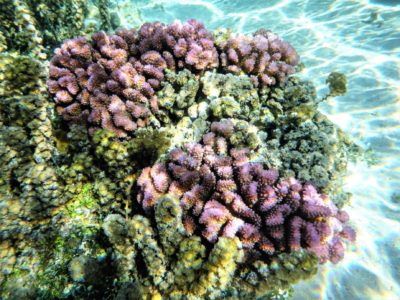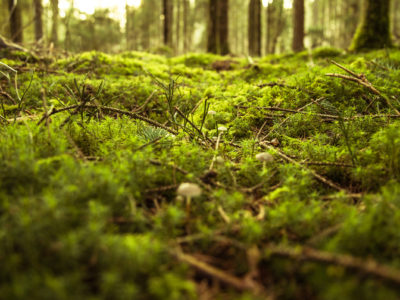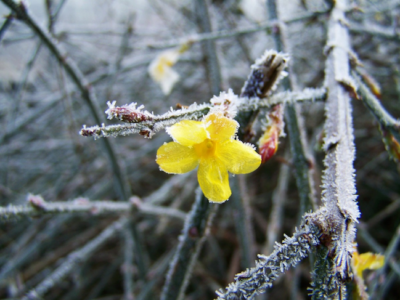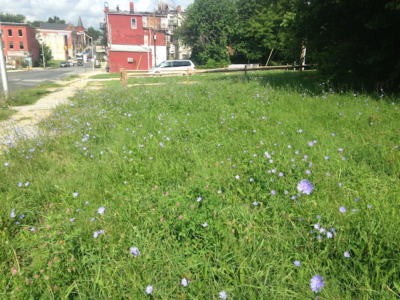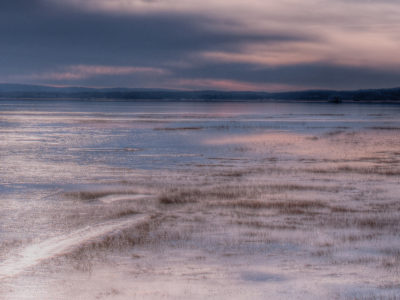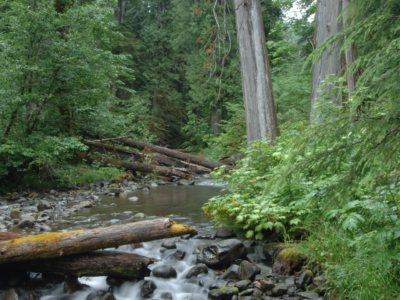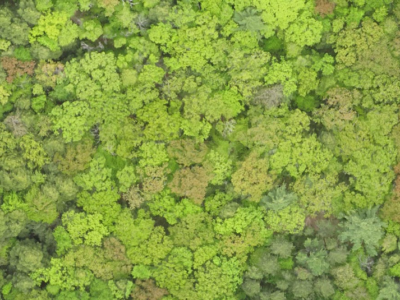Sea Level Rise Making Things Saltier in the Everglades
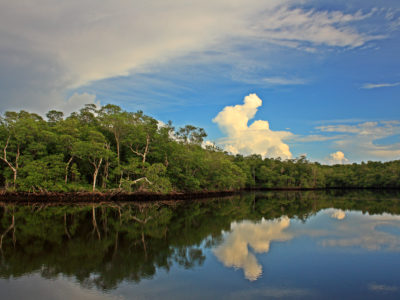
For those living in South Florida, sea level rise is a very real problem that’s impacting coastal areas right now, and is expected to worsen over the next decade. While most discussions on sea level rise in Florida focus on highly populated coastal cities such as Miami and Tampa, sea level rise is also having… Read more »

